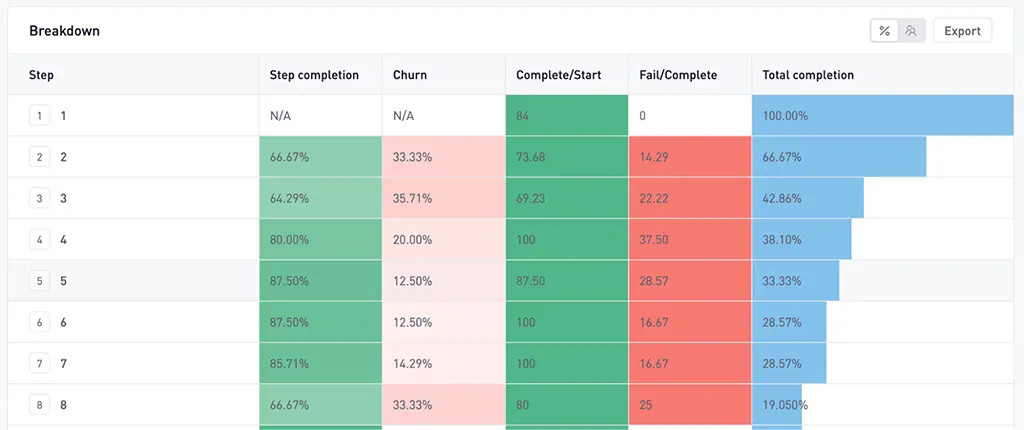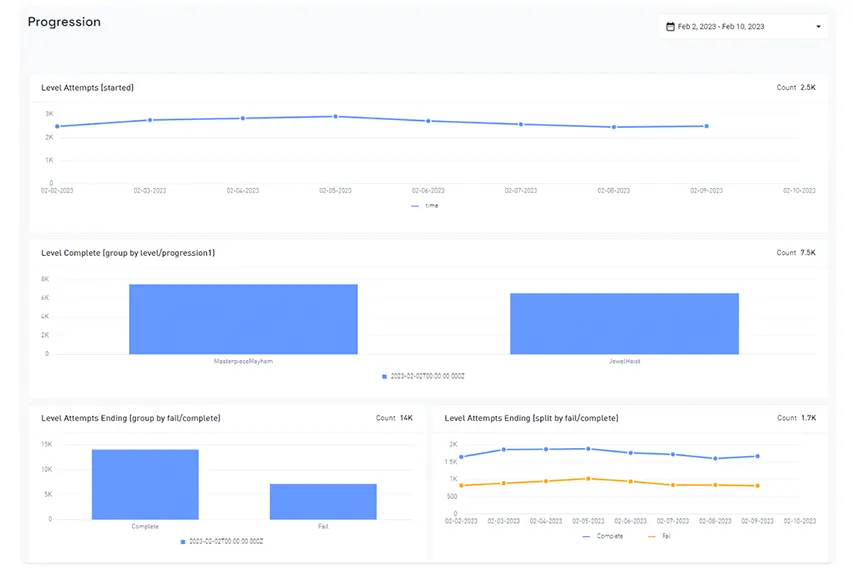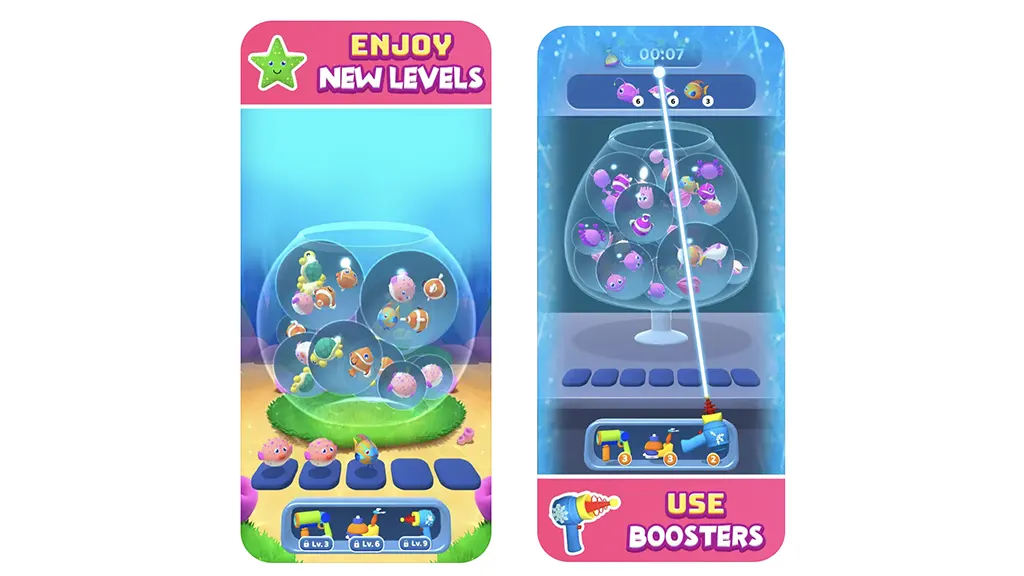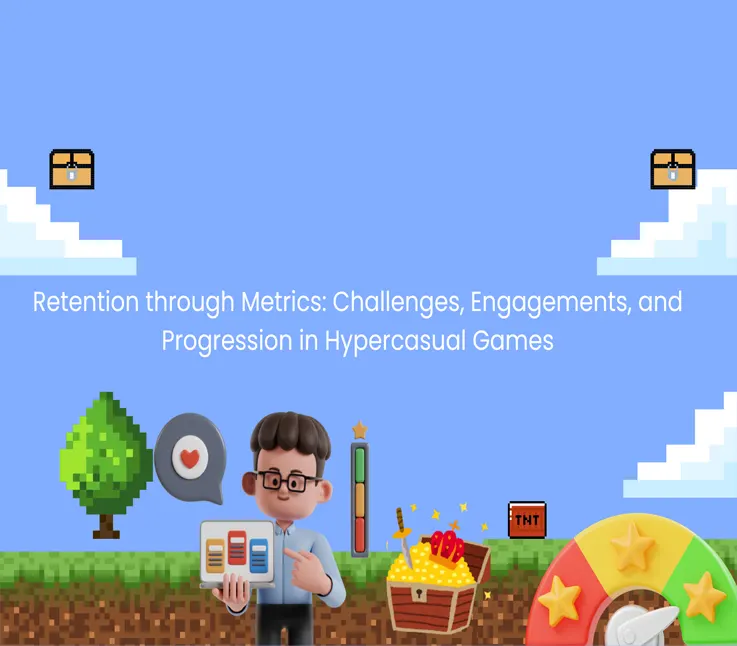In competitive gaming, where games are played for several hours with the aim of winning, it is very important to retain players that have become active members of the gaming community, especially in the hypercasual game genre. For Game Professionals, it is not enough to just pull in players and only manage to keep them for the short term. In hypercasual games, which have short sessions of play and very simple objectives, it is very difficult to keep the player’s engagement in the activity because it calls for a lot of player behavior understanding. By using game analytics you are able to cut across the main retention problems as well as retention measures and suggest the optimum design of the game. The current article looks at how analytics can help address all of these issues related to retention and create mechanisms for retention.
Understanding Retention Metrics for Hypercasual Games
Before understanding, retention Metrics for hypercasual games, one should know what is retention and what is retention metrics, we can simply put it in this way, “Retention is the ability of a company or product to retain its customers over a specified period of time & the retention metric measures usage retention, or how many users are active in your product in a given time period after sign-up”.
These retention metrics are essential in quantifying the degree of audience engagement the audience in gages hyper-casual games. Some of the advanced metrics that can be monitored are:
- Day 1 Retention: Number of players that play the game the next day after installation in percentage.
- Day 7 Retention: Number of players that are still active a week after they installed the game in percentage.
- Day 30 Retention: Number of players the game takes after reaching a month in percentages.
These metrics inform how enticing the product is in the short term as well as in the long run. A good Day 1 retention suggests how attractive the game is at the beginning while Day 7 and Day 30 retention rates in regard to the attractiveness of the game over time.
Key Retention Challenges and How Analytics can Address Them
Retention challenges are prevalent in hypercasual games and rest on several factors. These include high early churns post a couple of sessions, wearisome game designs, and churn after players interact with the primary game actions. Game analytics can be used for a better understanding of the issues.
1. Player Inactivity During the Onboarding Phase
Such types of games are hypercasual and players are retained attributed to the first few of the sessions played within the game. If players are dropping out during the onboarding process (or in the first few levels) at a high rate, it may imply that the game is hard, boring, or too complex.

We can see that about 33.33% of users has been churned from Level 2, which indicates they failed to compile the onboarding process successfully.
Metrics to Track:
- The average number of levels cleared in the game
- The proportion of players that finished the onboarding sequence
- Churn in early sessions
Actionable Insights:
Game analytics show the points where players progress with difficulty or above which players abandon the game. With this, you can make improvements to the onboarding methods either making the tutorials shorter or more engaging to complete in order to capture the players interest in the game and reduce the chances of losing them because they have not learnt how to play the game.
2. Mid-Game and Endgame Engagement
In hypercasual games, retaining players after the thrill of the game dies down is a difficult order. Churn in mid-game is likely if players do not get the feeling of progression.
Metrics to Track:
- Duration of individual gaming sessions as compared over time
- How fast players are progressing through the levels
- How fast players are turning expanding levels or content
Actionable Insights:
By analyzing these and other similar metrics, you can detect “dead zones” when players tend to get bored. New players joining the game will experience some interesting mechanics and fight varying levels of difficulty along the game’s timeline hence avoiding juxtaposed boredom.


3. Early Churn and Low Long-Term Engagement
One of the most overwhelming concerns for designers of hypercasual games is player churn within the first 24-72 hours of gameplay if the players are not occupied. Simply designed or aimless gameplay can result in losing the player base.
Metrics Solution:
- Day 1, Day 7, and Day 30 Retention: These metrics assist in evaluating initial retention rates. The around day one number is sometimes an indicator of how effective the onboarding has been, or how effective the first several minutes of the game have been at retaining players.

4. Crafting a Meaningful Progression System
One of the main elements incorporated in hypercasual games is the simple and effective progression system.
Progression systems design in games, leveling up, unlocking new skins, earning points, etc.t, always tend towards making players feel accomplished. Effective Progression Elements can be considered as:
- Reward skill improvement: Gradually increasing difficulty ensures players feel rewarded as they improve.
- Diverse rewards: Providing both skins and other progression-based rewards helps to keep the players engaged and wanting to progress.
- Accomplishment: It is important that players feel they are achieving something, even for little milestones, to keep them playing.

5. Personalized Engagement
You can implement various customization strategies so as to enhance the retention levels in their hypercasual games. They monitor players’ activities with the help of analytics and enhance their experience by creating, for example, specific offers, in-game messaging and push notifications aimed at those players.
- Strategies: Timed notifications: Players are sent reminders informing them of the need to complete some challenges or worse new events hence promoting their engagement once more.
- Targeted incentives: When a player is identified as inactive, for instance, within the game, special offerings and bonuses can be activated to entice the player back into action.
- Convincing participants to act: Activities in relation to playing the game suggest what items or achievements a player should purchase in the game in order to increase player sell.
6. Analyzing Feedback and Iterating
Retention, in other words, in the fast growing hyper-casual games sector, calls for refinement all over again and again. One on the other hand, can collect analytics data, in-game surveys, and social media data to determine what is appreciated by players and what should be worked on.
Key Actions:
- Controlled Decisions: Analytics indicates at which point players are most likely to quit, hence, Riseup Labs adjusts the difficulty, the content pacing, or the gameplay loops.
- Care about the community: Changes based on player feedback help to keep them engaged and build the game’s community.
- Always new content and bug fixes: Constantly adding new functionalities, fixing issues, and introducing new content makes the player feel that the game is new and hence encourages them to play it.
Conclusion
When it comes to hypercasual games, retention is simply about making it very simple to use but players find it appealing enough to want to come back to it. Using analytics into games that had been developed, you can monitor important parameters and locate weak areas in order to help game design for player retention. With the use of tailored content, significant factors of advancement and repetitions, one can develop hyper-casual games that can retain their players over and over again.
This page was last edited on 1 October 2024, at 4:17 pm
How can we help you?

























